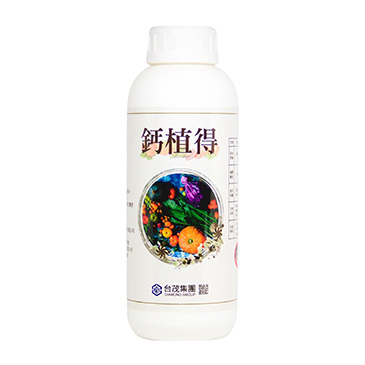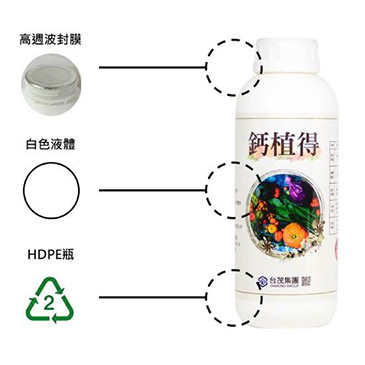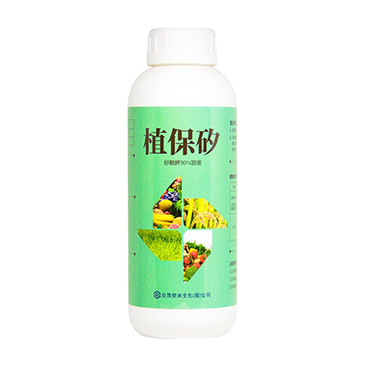CaDeBug
Model:Calcium Carbonate
Properties: White liquid, pH : 11-13
Application Methods: Foliar spraying, root irrigation
Standard Packaging: 0.5 L, 1.0 L, 5.0 L, 20 L
Shelf Life: 3 years
Custom packaging available upon request. Label customization, promotional items, and advertisement design services are also available.
Certification: ISO 9001
Registration number: Plant Protection No. 00140
Product Description
Product Introduction
The nano calcium carbonate in this product has better adhesion and dispersion, effectively improving the absorption and utilization of calcium ions by plants. Calcium carbonate is commonly used as a soil conditioner, effectively neutralizing acidic soils and raising soil pH, promoting healthy crop growth. It supplements the calcium required by crops, preventing calcium deficiency issues such as blossom end rot and bacterial soft rot. It also forms a protective layer on plant wounds after pruning to accelerate healing. Additionally, nano calcium carbonate has a physical control effect on aphids and scale insects, forming a protective layer on the plant's surface to reduce pest damage.
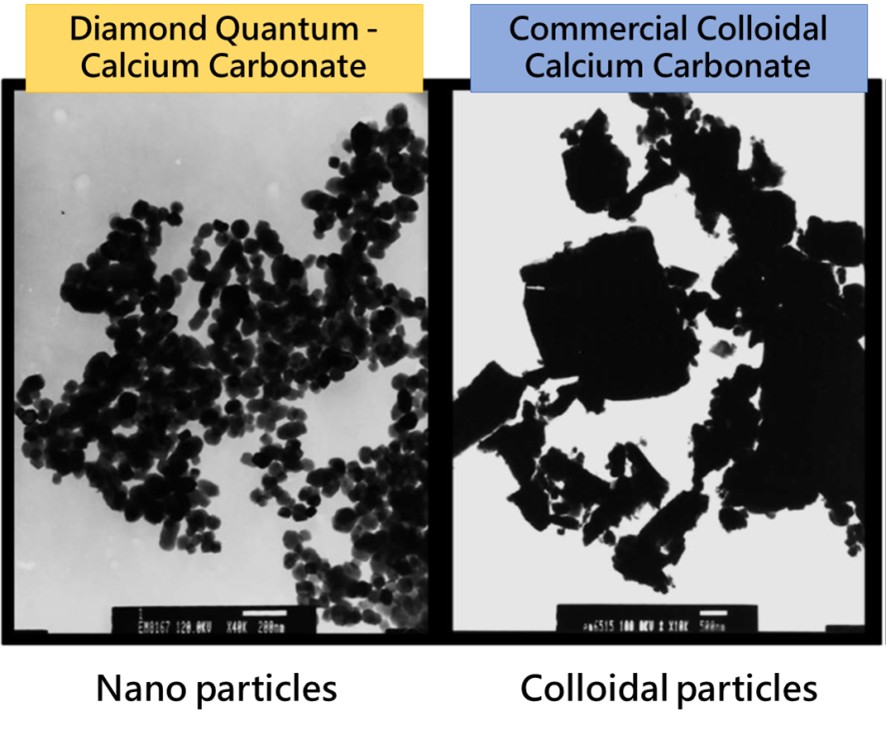
Fig.1: Comparison between nano calcium carbonate and commercially available calcium carbonate under an electron microscope.
Product Features
|
Nano-Grade Calcium Carbonate Nano-grade calcium carbonate has high reactivity, excellent dispersion, and a small particle structure, allowing for rapid absorption and even distribution by plants. It improves soil amendment effects and is widely used for nutrient supplementation and disease prevention, providing comprehensive and efficient protection and support for crops. |
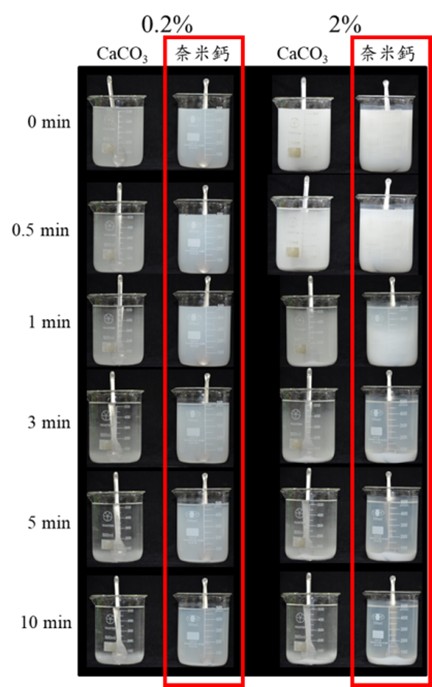 |
Neutralizes Soil Acidity and Provides Calcium
Calcium carbonate effectively raises soil pH, suitable for crops requiring neutral or slightly alkaline soil. It helps improve nutrient absorption efficiency and promotes healthy root, stem, leaf, and fruit development, preventing physiological problems caused by calcium deficiency.
Promotes Healing After Pruning
Calcium carbonate forms a protective layer on pruning wounds, preventing pathogen and pest invasion, reducing water loss, and promoting cell repair for faster healing. It also lowers the risk of disease, and its natural, non-toxic properties are friendly to both plants and the environment.
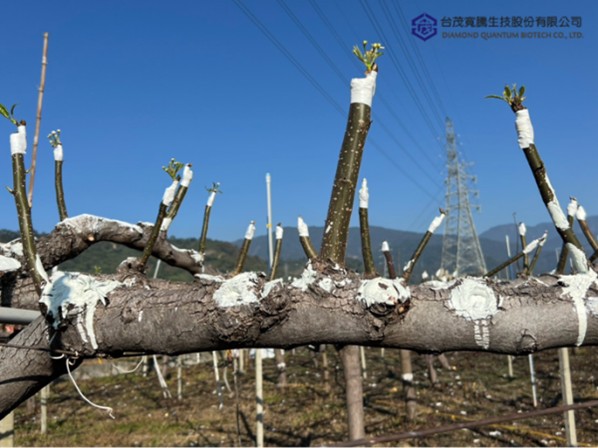
Fig. 2: Application of nano calcium carbonate on fruit tree pruning wounds to aid healing.
Safe Physical Disease and Pest Control Material
As part of an exempt material, calcium carbonate can effectively disrupt the protective layer of pests like aphids and scale insects, achieving physical pest control. It also strengthens leaf and fruit health, defending against pathogens and reducing reliance on chemical agents, meeting the requirements for environmentally friendly and safe practices.
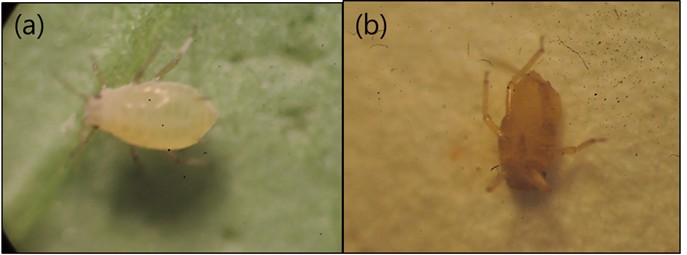
Fig.3: 48 hours after treatment with calcium carbonate at 150x magnification: (a) Normal aphid appearance, (b) Dead aphid appearance.
Registered Components
|
Fertilizer Component Name |
Registered Content (%) |
|
Calcium Carbonate Solution |
30.0 |
Usage Method& Dosage
|
Crop |
Fruit trees, leafy vegetables |
Solanaceous crops |
|
|
Target Pests/Diseases |
Aphids, scale insects, spider mites |
Bacterial spot disease |
Blossom end rot |
|
Dilution Ratio |
150 |
500-1000 |
1000 |
|
Timing |
At the early stage of infestation, apply once every 3-5 days |
At the early stage of disease, apply once every 7-10 days, repeat 3 times |
From seedling stage to pre-fruiting, apply once every 7-10 days |
|
Main Effects |
Physical control effect, disrupts pest protective layers |
Promotes plant disease resistance, reduces disease occurrence |
Enhances plant resistance, maintains leaf and fruit health |
Precautions
- High concentrations may cause phytotoxicity when applied to plants.
- Shake well before use. Ensure full coverage of the crop when spraying.

